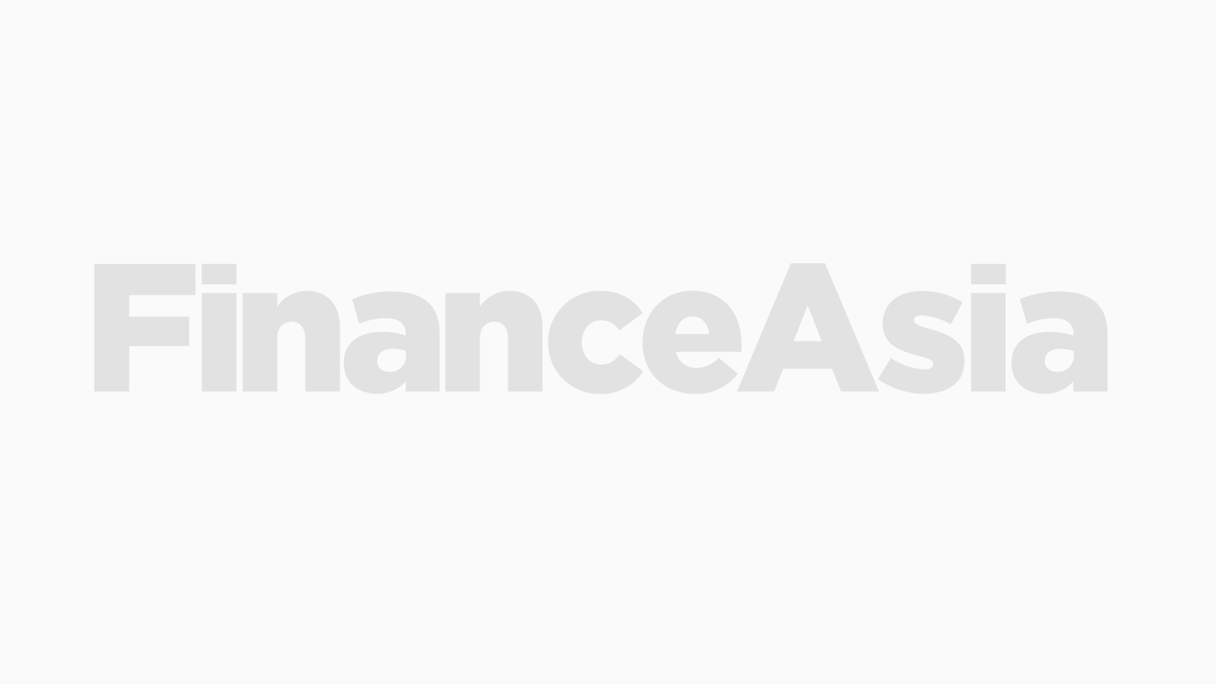The Industrial Bank of Korea (IBK) has been able to take advantage of the high demand for Korean paper as the first Korean issuer of G3 debt in 2010. The Korean lender early yesterday morning priced a $350 million 5.5-year Reg-S bond with a 4.375% coupon.
The initial guidance was for a yield spread over US Treasuries of between 205bp and 210bp and a deal size between $350 million and $500 million. The final spread was set at the tight end of that range at 205bp over five-year Treasuries. The bonds were re-offered at 99.734 to give a yield of 4.43% to a maturity date of August 4, 2015.
The mandate was announced on Monday and the deal was completed without a roadshow. "The placement demonstrated both strong demand for solid Asian credits and how quickly accounts can move on high-quality names," said Scott Bennett, fixed-income fund manager with Aberdeen Asset Management.
However, "the discrepancy between the deal size (up to $500 million) and the issue size ($350 million) indicated that accounts were sensitive to pricing," he said. The suggestion would be that investors had attached strict pricing limits to their orders.
Lead arrangers Deutsche Bank, Goldman Sachs and HSBC were comfortable with the quality and size of the book, which came in at $1.1 billion with orders from 123 accounts.
In the final distribution, 36% was allocated to retail, 34% to fund managers, a further 21% to banks, 4% to insurance funds and the remaining 5% to central banks and others. In terms of the regional demand, 54% of the bonds were placed in Asia, 38% in Europe and 8% with offshore US investors.
The bonds were said to have outperformed in non-Asian hours, tightening by at least 15bp to 18bp before settling near the issue price yesterday morning. During Asian trading yesterday, they were quoted at a bid spread of 203bp.
IBK last came to market in April 2009 when it issued a $1 billion five-year bond. Yesterday, those IBK 2014s were quoted at a spread of 249.6bp over the five-year US Treasury yield.
Last year Korea was the most active country in the region in terms of new issuance denominated in a G3 currency, accounting for almost 40% of such issuance. This year, policy banks are expected to be a major supplier of Korean debt and the IBK issue has kick-started that flow. There is talk that Korea Development Bank and Export-Import Bank of Korea (Kexim) will issue early this year too.
Policy banks, such as IBK, KDB and Kexim, are a primary source of export credit and liquidity for the local small- and medium-size enterprise market. IBK, which is 76% owned by the government, specialises in issuing loans to SMEs and has an 18% market share in Korea. The bank has stable ratings from Standard and Poor's (A), Moody's (A2) and Fitch (A+).
"Korean risk is not a scarce commodity and there is plenty of incoming supply from the policy banks and government-sponsored entities", said Brayan Lai, a fixed-income analyst with Calyon. "With the strong Korean won and too much foreign currency liquidity onshore, Korean regulators shall try to cap further Korean won upside to help its SME exporters."
Around the region, other bonds set to price this week include India's Bank of Baroda and Star Energy Geothermal (Wayang Windu) of Indonesia.



